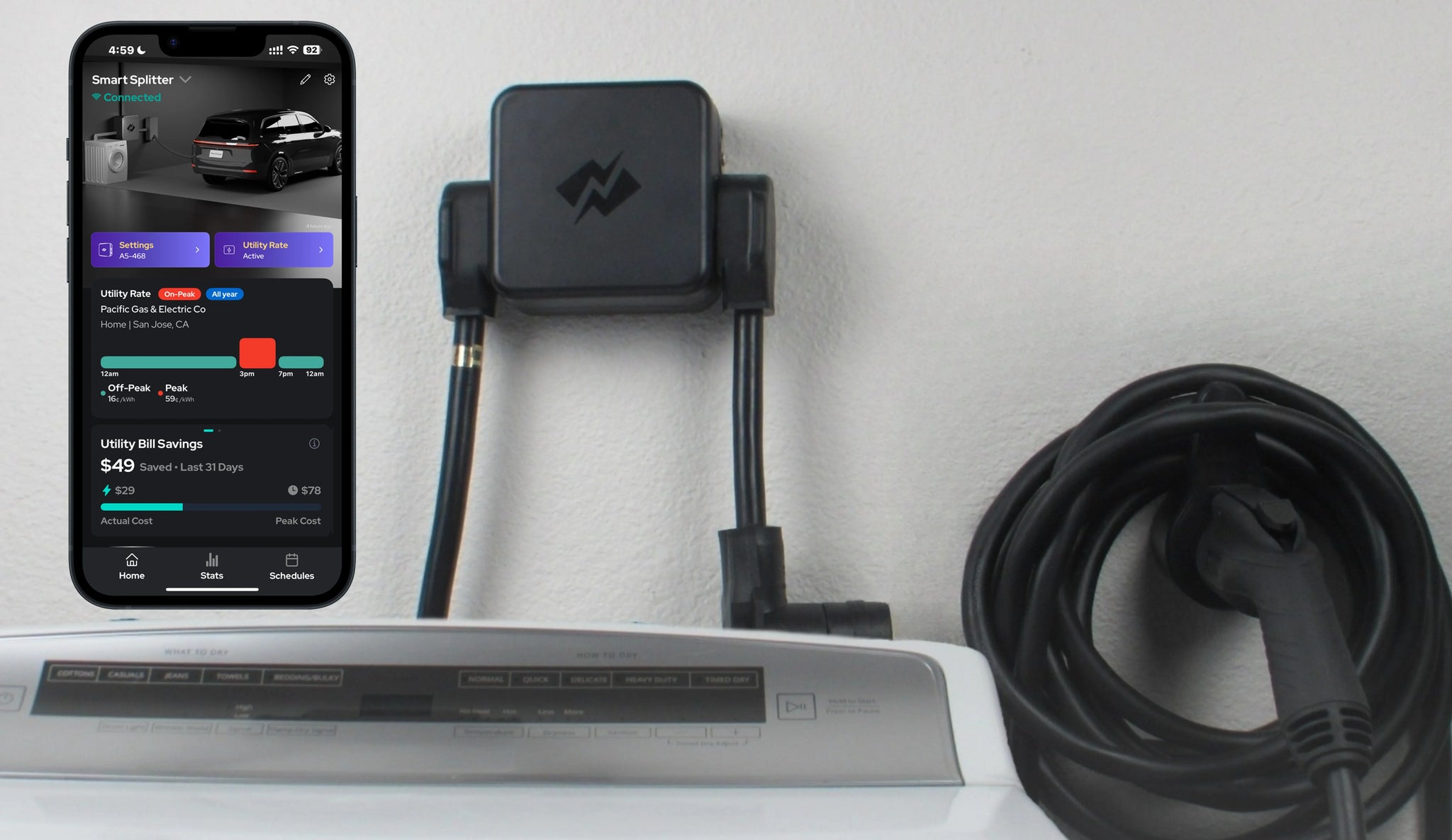daught
Well-known member
I noticed that the speedometer actually reached 73 mph, while claiming not to feel the load. Not hearing the engine revving hides how hard the engine is working. He might be driving the limit, but it's pretty high at 70. How much more gas would a gas-powered f150 take when towing like that?I spotted 72 mph on the speedometer in Hoovie's video. SLOW DOWN. Aero is killer when towing.
RE charging. This whole EV thing started with small, efficient cars, which generally north North America, forgot how efficient they can be. Level 1 charging was adequate, and the grid would not have had a problem dealing with the added load. Then the cybertruck, rivian, hummer ev(wtf) and the big 3 trucks went the EV direction. Of course, this brings big issues. Distribution might not keep up with mass adoption of these considerably less energy-efficient vehicles. They are also gulping way more raw materials. North America has too much of an addiction to wasting energy with big rigs.
Last edited:



















